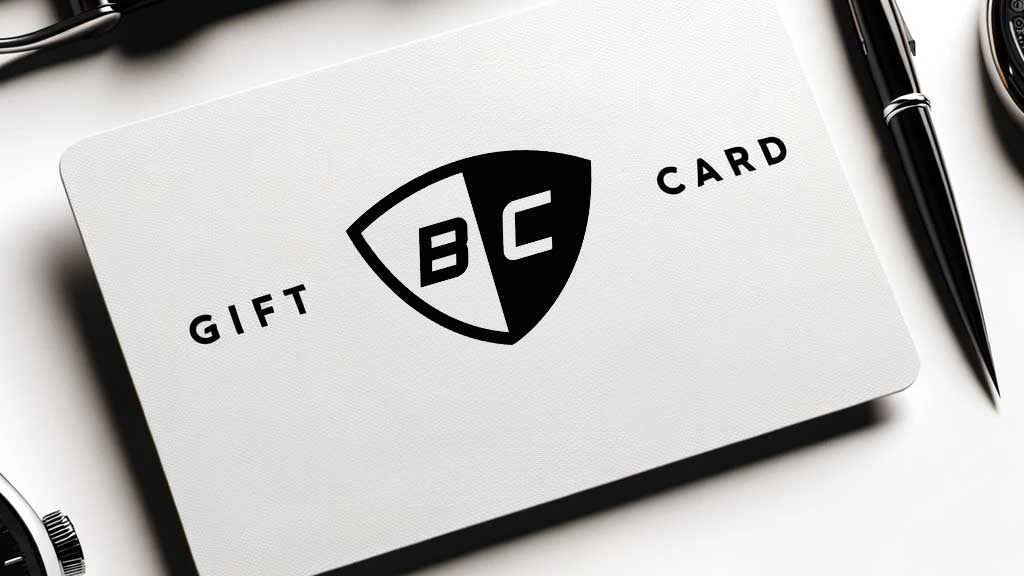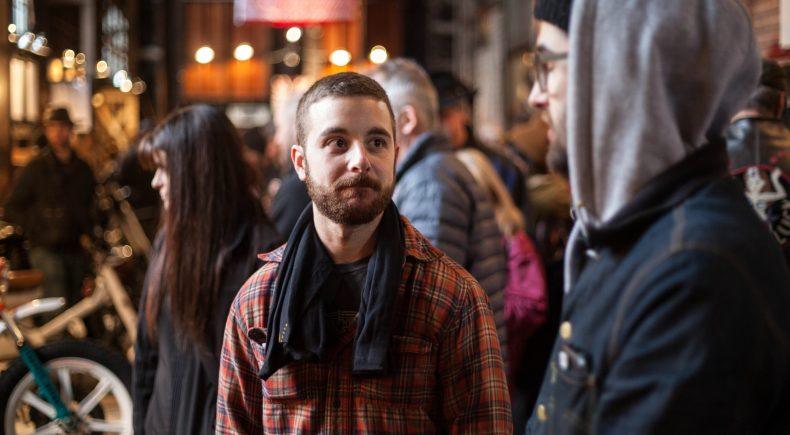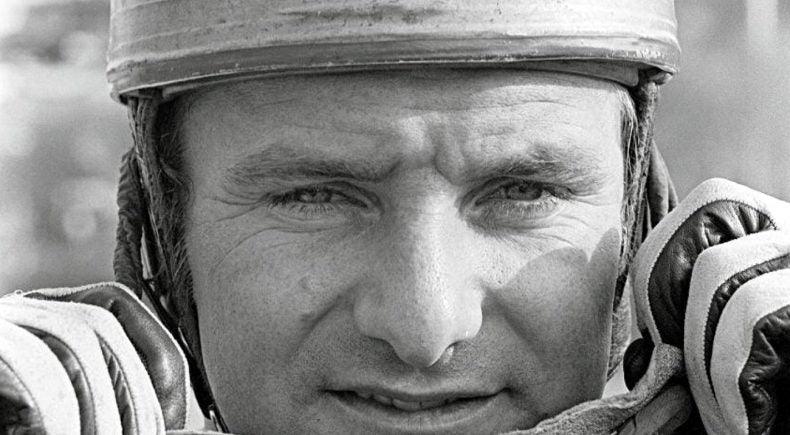
One Down Four Up consists of Wayne Corbett and Gabrielle Jones. Their SR500 won the Do It Right Do It Once Award from Red Clouds Collective at the 2016 One Moto Show.
Some people do softball to find their communities; we do motorcycles.
British Customs: How did One Down Four Up get started?
Wayne Corbett: It really got started when we met. I do graphic design and photography for my day job, and I grew up working on everything because my dad is a mechanic. Gabrielle is a creative, and she’s worked with a number of photographers and stylists in Portland [Oregon]. She also has business experience doing accounting, so she covers all areas of our business, as well as our upholstery and making our accessories. We got the name One Down Four Up in 2012, and have been building bikes and taking pictures everywhere we go ever since.
BC: When did you both start riding?
WC: I started riding in college. I had a professor with a BMW R90 that was stripped down, and always seeing it inspired me to buy my first motorcycle. I always had an XL125 around the house though, growing up. When I bought my first bike I had never heard the term “cafe racer,” I just bought a bike that I liked. That was the bike I introduced Gabrielle to.
Gabrielle Jones: I started riding when I met Wayne. I had never been interested in bikes because where I came from there were only two kinds of bikers: baggers and sportbikers with mohawks in their helmets, and neither of those scenes were appealing to me. But Wayne had a 70s Honda that wowed me. It completely intrigued me. And after riding for a while on the back, I decided I needed to start riding myself. Now I own more bikes than Wayne.

Function plays a bigger part in our style than form.
BC: What about vintage things draws you to them?
GJ: I feel like every motorcycle has a personality. Modern bikes are fun, but they don’t have the same feeling that a vintage bike does. The first bike I bought had been sitting in someone’s yard for 20 years, and they asked if I was really sure that I wanted to buy it. They just wanted to give it to me. It was a diamond in the rough. I saw it and fell in love with it.
WC: Everything we have is old, even the van we’ve driven cross-country in a few times. It’s what we can afford. We buy things that we can fix ourselves. We weren’t going to buy the van, but the guy gave us a good deal on it. When we got it, it was running on three cylinders, and we drove it until we had to rebuild it. After we fixed it up ourselves though, it’s the most reliable thing we have.
BC: What does the motorcycle community mean to you?
WC: Kind of hard to say. We’ve been moving around a lot and out on our own, so we don’t have a community at the moment. We lived in Northern California for a while, and the community there was kind of divided and not open to outsiders. Before that we were living in San Francisco, and it was too big to actually meet anyone. We recently moved to Portland though, and we’ve been able to get involved with the community here. They’re more our type of people, and are more welcoming and accepting than the other communities we’ve run into.
GJ: My experience with the female moto community is that it’s pretty divided. You have your Harley babes, and then you have everything else. And if you aren’t a Harley babe, you aren’t part of the clique. But that makes me want to get girls together to form an all-inclusive community: they can ride scooters, choppers, sportbikes, whatever, as long as we’re riding and being together. I’m inspired by women who ride because it’s such a male-dominated community. As it stands, you aren’t always embraced by male riders unless you look like a model. I don’t like that divide. I want to form a new community for both male and female riders.

When you have an old bike, you get stopped everywhere you go by people who want to talk about how they used to have a bike.
BC: How did you get into flat tracking?
WC: Flat tracking is something I’ve been doing as an amateur, and am always trying to get more into it. We’re just big fans of it. Today’s dirt track bikes are very similar to how they used to be: they’re purpose-built bikes that only have what’s absolutely necessary on them, and they’re very similar to our own build philosophy. That’s how we like to build bikes. We love the style of the bikes and the mindset of the people who go: the people who race dirt track are people who just want to get out there and have fun. It’s also remarkable that it’s a sport that hasn’t been touched by outside influencers, so the sport’s core community is still just the people who love it.
GJ: The flat track community is unlike any other. When you go to a race, it’s like you’re in someone’s backyard, and when you step into the pits the people there are just hanging out having fun. They just really enjoy racing dirt track, and that’s all there is to it. Everyone is nice and welcoming; it’s very homey and rooted. They aren’t doing it for the money, just for the fun. These racers are going 100 miles per hour down dirt straight for a small purse. Dirt track has the kind of community where when people go down the other racers stop, get off their bikes, and pick up their friends to make sure they’re okay.
BC: What do you believe is the heart and soul of The One Moto Show?
WC: I think the heart and soul of The One Moto Show is still the motorcycles. There is a lot more diversity of bikes at the show from prettier show bikes to just pulled out of the barn — finds and even more diversity of people who attend the show. We were surprised, especially this year, by the older generation who came by and chatted with us about the bikes and vans they had when they were younger.
GJ: The first One Moto Show we went to a few years ago, there were a lot of pieces of junk that people had built with just a welder and a wrench. And those bikes had so much heart and soul because the owners were so proud of what they had built. There’s just a lot more prestige to the event now. There’s still a garage-built vibe, but bigger and bigger names are coming from further and further away. But I do like that it’s a bring-what-you-like show that doesn’t have a theme, and there isn’t a prize for first, second, and third best builds. It’s still an all-encompassing show that embraces everything.

I love it because I did it. It’s my piece of shit. I busted my knuckles on it. I spent all my time and money making it what it is, not someone I paid.
BC: Where do you think is a good place to start for someone who wants to get into customizing a bike, but doesn’t know where to begin?
WC: Buy a manual for your bike and read it. Spend time getting it to run instead of worrying about the style first. Don’t get hung up on things that sound intimidating like carburetors; there isn’t really anything that complicated on retro-style bikes. If it was running before, you can clean it up and get it running again.
GJ: Spend more money on getting a bike that runs instead of focusing on getting one in the style that you like. I learned about bikes from rebuilding my 90. I just read my manual for it and took it one bolt at a time. It’s kind of scary when you first get into it, but if you get an old used bike and work on it and ride it, you don’t have to worry about scratching it up or falling down.





Leave a comment
All comments are moderated before being published.
This site is protected by reCAPTCHA and the Google Privacy Policy and Terms of Service apply.